First off, tell us about how you got started in photography. Where does you inspiration come from?
Johan Bergström (JB): In high school I ended up in a photographic course by chance. At this point I was attracted by the non-verbal qualities of the photographic medium and worked with low-key landscape series in black and white. It´s funny when looking back because nowadays the written word is given more space for each new body of work. In my ongoing series 'Pagan Postcards' I literally use text in the images. My inspiration is a mix of photographic history, all fields of visual art, literature and popular culture. In my works I try to mix established genres and strategies, to make photography that takes unexpected turns. Much of my inspiration comes from simply using a new concept for each work, to avoid repeating myself.
Your project, 'Nostalgia' reflects on the idea that relying on photographs to dictate the past can be a very fickle endorsement. Some pieces such as, “Within Easy Reach of the Outside” and “Motion scheme of a fridge” call on a type on a type of banality that comes across as ironic. The photographs seem to question their own significance as historical documents or captured memories. Does this reading come close to your intentions going into this project? How much stock do you think we should allow photographs in terms of capturing the spirit of the past?
JB: The work 'Nostalgia' was my degree project at the School of Photography in Gothenburg. At the same time I wrote the essay The Deceitful Memory which reflected on how the pastness of the past, it´s inaccessibility, often makes it a target for glorification. When looking back what you see is rarely the past as actually experienced; it is the past as imagined, as idealized through selective memory and desire. Being too young to be nostalgic, in the 'Nostalgia' series I worked with the conception of the word rather than my own history. This project is an good example of how I have come to work with the written word. Here some of the titles describe something warm and “memorable” while the image takes another direction, towards something darker and repressed. Other images address memories too mundane to even remember. Sure there is an amount of irony in the banality, but my intention was to was to make a counterpart to the fluffy and shimmering images chosen to be remembered, rather than to ridicule. I´m sure the nostalgic pictures of the twenty-first century will look completely different than the ones of the twentieth century thanks to the digital revolution that have made everything depicted, not only birthdays, marriages and holidays. And at the same time they probably will be looked at with more aware eyes.
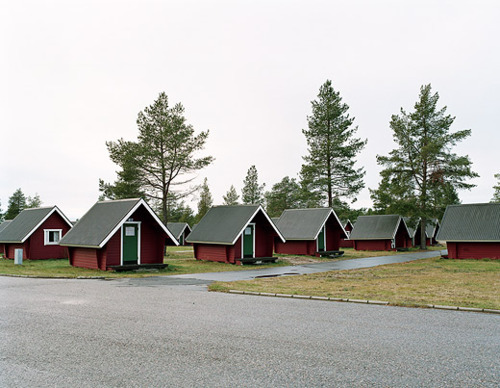


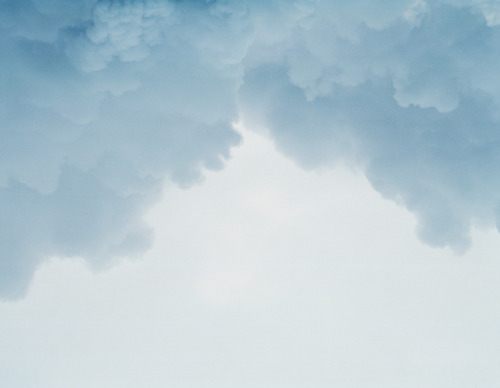
© Johan Bergström from the series 'Nostalgia'
Another project of yours, 'Smoke Signals' takes a different approach. You are creating this body of work in response to the marginalization and forced relocation of villagers in Eastern Germany due to Industrial development. You photograph homes in both abandoned villages as well as in “relocation” towns, and you make pictures of the industrialist landscapes that have pushed this people from their homes.The formalism you employ in these images creates a facade of beauty over undertones of the seemingly powerless voice of those being displaced. Like 'Nostalgia' there is a degree on irony here. I feel the true gems of this portfolio are the images of clouds that you refer to as 'Smoke Signals' which I see as representing the voice of these displaced people, and at the same time, alluding to the environmental factors involved in the mining of lignite. Can you tell us a bit more about this project and what drew you to it? Do you see yourself as being personally connected to those who were forced from their homes?
JB: 'Smoke Signals' is an continuation of my earlier works related to memory, but in this case rather the loss of memories. I was made aware of the situation in Lausitz through a documentary on Swedish radio. For most swedes it was totally unknown that the Swedish state-owned power company Vattenfall, with a “green” approach, was making huge profit on coal-mining in this eastern part of Germany and Poland as well. So for me the connection in this work was my swedish nationality that indirectly made me a part of the devastation of villages in these areas.

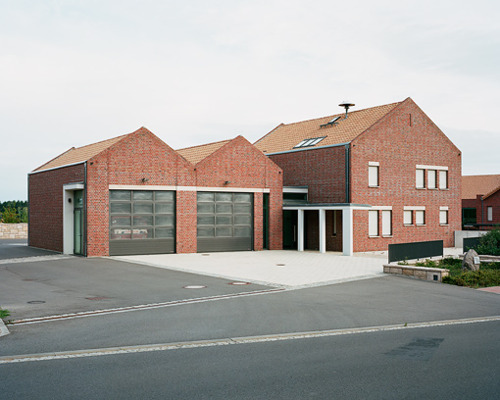
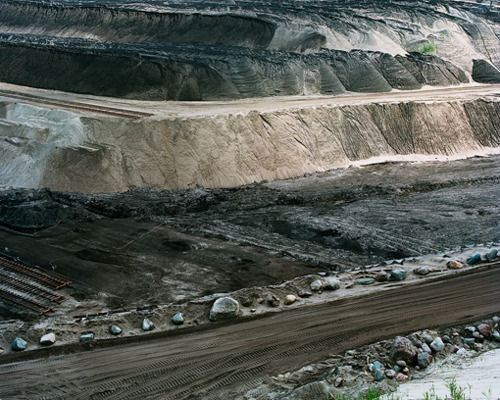

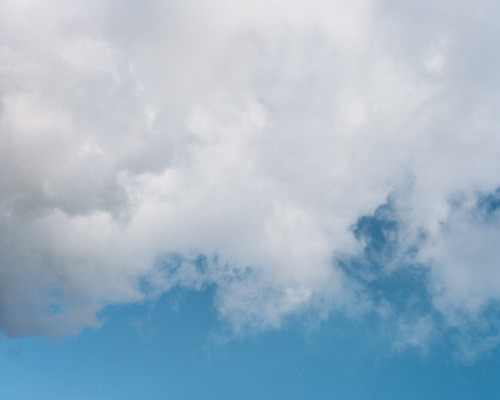
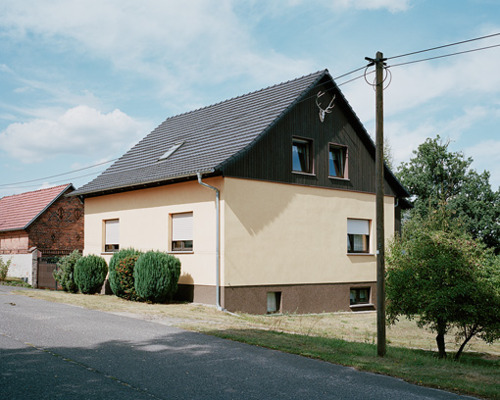
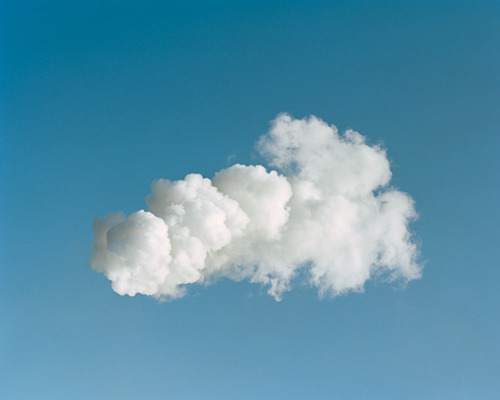
© Johan Bergström from the series 'Smoke Signals'
'Smoke Signals' is the closest I have come to the traditional documentary but it was important for me to use my own way of telling stories. The formalism that you mention was a result of my disbelief in the possibility to represent a situation like this. When traveling around in these areas I realized that I would need a strict structure so I began making a kind of systematic index, reminiscent of the “Becherian” typologies. These typologies was made by villages under the threat of being sacrificed for new lignite resources, evacuated villages, relocated villages, open cast pits and lignite power plants. The images of clouds are in fact the pollution from the power plants, where the chimneys have been removed by retouch. The idea was as you mentioned to create warning signals pointing towards the environmental aspect of coal mining and at the same time making the voice of both protesting villagers and myself heard.
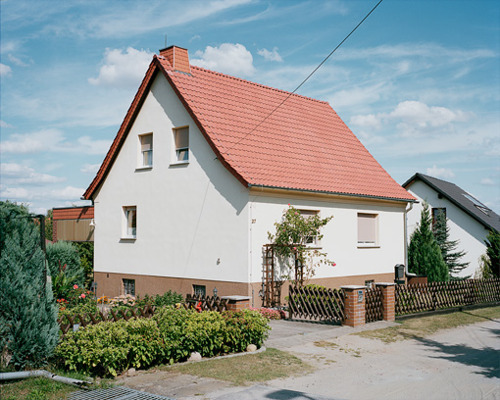
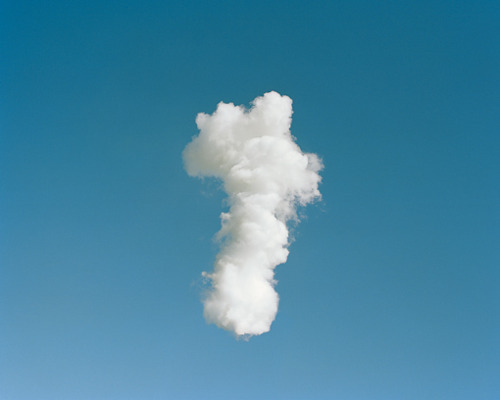
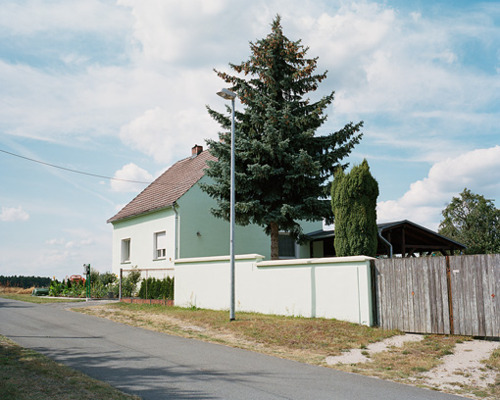
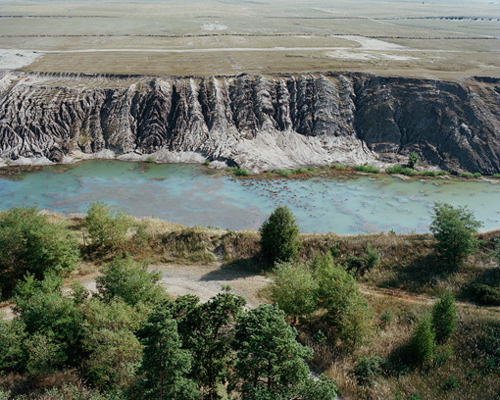
© Johan Bergström from the series 'Smoke Signals'
Last but not least, What are you looking forward to over the next year, photographically or otherwise?
JB: I was recently informed that I received a one-year working grant from the Swedish Arts Grant Committee so I´m really looking forward to being able to continue the work with my ongoing project 'Pagan Postcards'. My ambition is to produce an exhibition and publication of this series during 2012. Hopefully I will be able to make a book out of Smoke Signals as well next year.
---
LINKS
Johan Bergström
Sweden
share this page